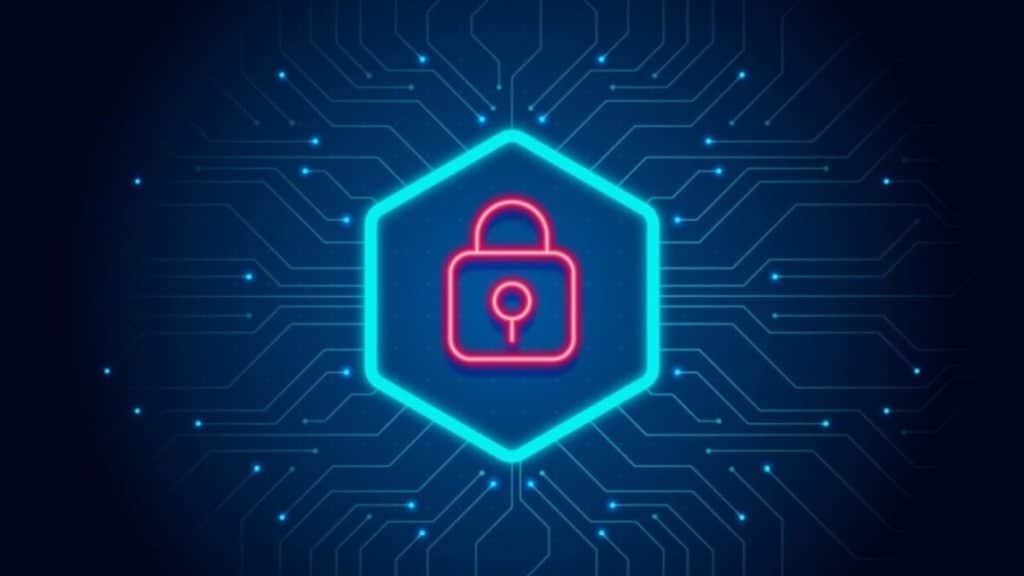In today’s increasingly digital landscape, every business, regardless of size or industry, faces cybersecurity risks. Cyberattacks are no longer just a concern for large enterprises; small and medium-sized businesses (SMBs) are often targeted due to perceived vulnerabilities and sometimes limited cybersecurity measures. For business owners, understanding and implementing effective cybersecurity measures is not only crucial for protecting sensitive data but also essential for maintaining the trust of customers and stakeholders.
This article explores key strategies to protect your business and introduces the role of Artificial Intelligence (AI) and Machine Learning (ML) in enhancing security practices.
1. Start with Cybersecurity Fundamentals
Building a strong cybersecurity foundation begins with basic security hygiene:
- Secure Your Network: Ensure that your network is protected by up-to-date firewalls, encryption protocols, and secure VPNs for remote access.
- Strong Password Policies: Use password managers to create complex passwords and enable multi-factor authentication (MFA) for all sensitive accounts.
- Regular Software Updates: Cybercriminals exploit outdated software with known vulnerabilities. Regular updates, particularly for operating systems and antivirus software, can prevent common attacks.
- Employee Training: Employees are often the first line of defense. Regularly train staff on how to recognize phishing emails, suspicious links, and secure practices for handling sensitive data.
2. Threat Detection and Response
An essential aspect of cybersecurity is being able to detect and respond to threats quickly. Business owners should invest in tools and processes that allow their teams to act swiftly:
- Intrusion Detection and Prevention Systems (IDPS): IDPS tools monitor your network for malicious activities and can automatically respond to potential threats by isolating or blocking them.
- Incident Response Plan: Prepare for breaches with a clear incident response plan. This should include steps to contain the breach, recover data, and notify affected parties.
- Regular Audits and Vulnerability Testing: Regular cybersecurity audits and vulnerability assessments help identify weak points. By testing your own defenses, you can reinforce them before attackers do.
3. Using AI/ML in Cybersecurity
Artificial Intelligence (AI) and Machine Learning (ML) have revolutionized how businesses approach cybersecurity. For example, with Bishop Fox AI security assessments, businesses can strengthen their defenses by automatically detecting and responding to threats with precision and speed, reducing the risk of human error in critical security functions. By harnessing these technologies, organizations can detect and respond to threats faster and with greater accuracy than ever before.
How AI and ML Enhance Cybersecurity
- Automated Threat Detection: Traditional security methods rely on known patterns or signatures of attacks. AI-based systems can go beyond this by learning to identify unusual behaviors in real-time, detecting anomalies that could signal a breach or malicious activity.
- Predictive Analysis: ML algorithms can analyze vast amounts of data and predict possible attacks before they happen. By examining historical data, these algorithms learn patterns and trends in attacks, allowing them to foresee and block threats proactively.
- Reduced Response Times: AI-driven security systems can respond to threats in real-time, reducing the time an attacker has to access sensitive information. Immediate responses, such as isolating compromised parts of a network, limit potential damage and protect data.
- Behavioral Analytics: AI algorithms can establish behavioral baselines for users, systems, and devices. When deviations from these baselines occur, the system raises an alert, identifying potential threats that would otherwise go unnoticed.
4. Protecting Business Data with Advanced Encryption and Access Controls
Data is a primary target for cybercriminals, making data protection one of the top priorities for business owners. Beyond securing networks and endpoints, consider implementing the following measures:
- Data Encryption: Encrypting sensitive data at rest and in transit protects it from unauthorized access. Even if data is intercepted, it will be unreadable without the appropriate decryption key.
- Role-Based Access Control (RBAC): Only authorized personnel should access sensitive data. RBAC assigns permissions based on an employee’s role, ensuring data access is limited to those who genuinely need it.
- Data Loss Prevention (DLP): DLP software can monitor, detect, and prevent unauthorized data transfers, reducing the risk of data breaches caused by internal or external actors.
5. Strengthening Your Cybersecurity with Vendor Management
Vendors and third-party providers can often be the weakest link in an organization’s cybersecurity chain. A breach in a vendor’s system could lead to vulnerabilities in your own. Here’s how to manage vendor risk:
- Conduct Vendor Risk Assessments: Evaluate vendors’ security practices before engaging them. Ensure they comply with industry standards and maintain strong cybersecurity protocols.
- Limit Data Access: Only share the minimum necessary data with third parties and use contractual agreements to outline data protection requirements.
- Ongoing Monitoring: Regularly review and monitor vendors’ cybersecurity measures, especially those handling sensitive information or accessing your network directly.
6. Cyber Insurance as a Safety Net
Despite your best efforts, cyber incidents can still occur. Cyber insurance provides an additional layer of protection by covering financial losses from cyber events, including data breaches and business interruption due to a cyberattack.
- What It Covers: Cyber insurance can cover costs related to data recovery, legal fees, regulatory fines, and even customer notification expenses following a breach.
- Choosing the Right Coverage: Select a policy that aligns with your business needs. Smaller companies may require different coverage than larger corporations, so assess your risk profile to find the right fit.
Final Thoughts: Cybersecurity as a Continuous Process
Cybersecurity is not a one-time effort but an ongoing commitment. As threats continue to evolve, so must your cybersecurity practices. By adopting fundamental security measures, staying informed about the latest threats, and leveraging cutting-edge tools like AI and ML, you can create a resilient defense strategy that protects your business, customers, and data.
For business owners, proactive cybersecurity isn’t just about preventing breaches; it’s about building trust and securing your company’s future.
